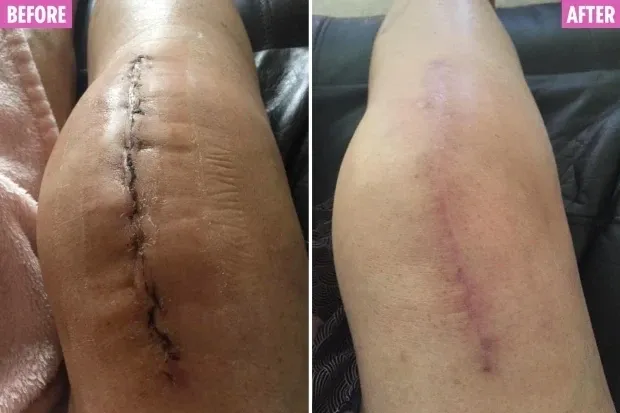
Hyperbaric Oxygen Therapy for Wound and Injury Care
Oxygen is as vital for our bodies’ functions as it is for healing. Usually the supply we breathe in normal air is enough for a healthy body to repair minor wounds and injuries. However, there are those who experience added stress and require greater amounts of oxygen to heal effectively – these are the individuals who could benefit from the healing powers of hyperbaric oxygen therapy.
How Does Oxygen Help the Body Heal?
Under normal wound healing conditions, when a wound fails to receive enough oxygen, the body cannot complete the wound healing process. These wounds are called chronic wounds (wounds that do not heal in six to eight weeks despite traditional treatment) and can make a person susceptible to pain, infection, disability and, even worse, possible amputation of the infected limb.
What is Hyperbaric Oxygen Therapy?
Hyperbaric oxygen therapy, also called HBOT, is a specialized treatment in which a patient enters a treatment chamber and breathes 100 percent oxygen at a higher pressure than what we normally experience. HBOT increases the amount of oxygen carried by the blood, resulting in higher levels of oxygen being delivered to the organs and tissues in the body. The therapy activates white blood cells to fight infection and speeds up the healing process for non-healing, chronic wounds.
How Does HBOT Work?
Hyperbaric oxygen therapy saturates a person’s circulatory system with oxygen to enhance oxygen flow to oxygen-starved areas of the body. Specifically in chronic wound patients, hyperbaric oxygen therapy:
- Stimulates cell growth, regeneration and wound healing.
- Decreases risk of amputation in the case of diabetic leg or foot wounds.
- Helps the body grow new blood vessels.
- Promotes new skin growth.
- Enhances the ability of white blood cells to kill bacteria and fight infection.
- Reduces the risk for future problems.
Who Benefits from Hyperbaric Oxygen Therapy?
Many wounds fail to heal because damaged tissues receive too little oxygen for the body to repair itself. Hyperbaric oxygen therapy is most commonly used to improve wounds where the healing process has stalled. Those that benefit include:
- Diabetics with a diabetic wound that is slow to heal, or is not healing.
- A person with damaged tissue from radiation therapy.
- Someone with a skin graft that has questionable blood supply.
- Those with certain infections of the bone and/or skin (osteomyletis).
- Patients with traumatic injuries, crush injuries and/or post-surgical wounds that won’t heal.
- Individuals with other complex, chronic or non-healing wounds.
Is Hyperbaric Oxygen Therapy Safe?
Yes. Hyperbaric oxygen therapy is an evidence-based treatment used to speed up the healing process in certain types of wounds. It is a painless, non-invasive treatment that is proven to heal and regenerate damaged tissues while reducing the risk for amputation. Like any medical treatment, however, potential side effects may occur. These risks are rare and will be discussed with you before signing a consent form.
When is Healing Complete?
The duration and number of treatments necessary to complete the healing process is dependent on the type of wound and your body’s response to the therapy. Most treatment sessions will last between one and two hours and will recur daily, Monday through Friday, for up to several weeks. Once healing is complete, you’ll work with your wound care team to develop a treatment plan that involves protecting your wound from further injury, as well as maintaining a healthy diet and lifestyle to facilitate the healing process and prevent future wounds.
If you are one of the estimated six million Americans living with a chronic wound that doesn’t respond to standard treatment, hyperbaric oxygen therapy may be the right solution for you. Visit the HBOTNapa website for more information.
